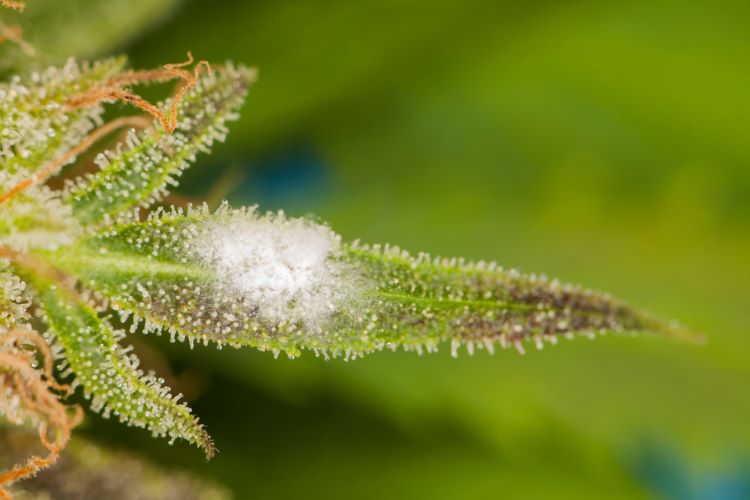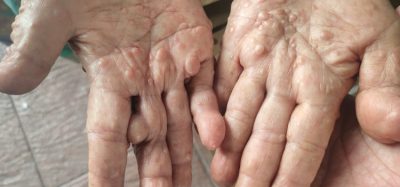Limiting microbial hazards in inhaled cannabis products
Posted: 23 January 2023 | Catherine Eckford (European Pharmaceutical Review) | No comments yet
FDA researchers found there was some reduction in microbial counts by heating cannabis with a commercial vaporiser to limit microbial contamination, but they were not statistically significant.


There are major concerns about microbial contamination in cannabis, US Food and Drug Administration (FDA) researchers observed in a study. Multiple cases have been reported of infections associated with cannabis use caused by fungi and bacteria in immunocompromised individuals using inhaled cannabis material.
Investigational New Drug (IND) applications for cannabis as therapeutics tested in clinical trials must comply with FDA’s requirements and standards for drug products. This includes microbiological quality.
However, the researchers noted that testing botanical raw material for microorganisms is challenging. This is due to variables in the bioactive constituents and microbial profiles of cannabis products. The variables can lead to a diversity of bioactive characteristics and potentially varying levels of microbial populations in different products.
Heating to high temperatures is known to kill microorganisms including bacteria and fungi; however, microbial death is dependent upon exposure time and temperature.
Sopovski et al. investigated whether the heating conditions utilised in commercial vaporisers, to volatilise bioactive compounds, impacts microbial populations.
Key taxa of concern for cannabis are:
- Fungi such as Aspergillus, Mucor, and Penicillium
- Bacteria including Clostridium, Streptococcus, Salmonella, and certain Escherichia.
Microbial testing of cannabis
Initial method development studies using a cannabis placebo spiked with Escherichia coli were performed to optimise culture and recovery parameters. Subsequent studies were carried out using the cannabis placebo, low delta-9 tetrahydrocannabinol (THC) potency and high THC potency cannabis materials exposed to either no heat or heating for 30 or 70 seconds at 190°C. Phosphate-buffered saline was added to the samples and the samples agitated to suspend the microorganism. Microbial growth after no heat or heating was evaluated by plating on growth media and determining the total aerobic microbial counts and total yeast and mould counts.
There has been an increase in commercial testing platforms available for microbial testing of cannabis. Most methods rely on either culture-based or polymerase chain reaction (PCR)-based approaches.
Culturing has been the standard for microbial testing and is used to quantify microorganisms in cannabis products. Recently, the FDA issued a draft Guidance for Industry entitled ‘Cannabis and Cannabis-Derived Compounds: Quality Considerations for Clinical Research’. It reflects FDA’s current thinking related to clinical research and the manufacturing of cannabis-based drug products.
The team utilised both culture and metagenomics-based approaches to evaluate impact of heating on microbial populations in cannabis products.
Vaporizing cannabis materials to reduce microbial contamination
The team concluded that while there were trends of reductions in microbial counts with heating cannabis materials to 190°C in the vaporiser for 70 seconds, these reductions were not statistically significant.
Therefore, Sopovski et al. suggested it may not be considered an effective means to limit microbial hazards associated with inhaled cannabis use. “Other microbial reduction methodologies, such as gamma irradiation, ultraviolet germicidal irradiation or pasteurisation may be needed to limit microbial hazards in cannabis material.”
The research was published in Frontiers in Cellular and Infection Microbiology,
Related topics
Biopharmaceuticals, Cannabinoids, Data Analysis, Drug Safety, Herbal & Plant-Based Medicines, Impurities, Material Identification, Medical Marijuana, metagenomics, Microbial Detection, Mould contamination, Respiratory Drug Delivery (RDD)









